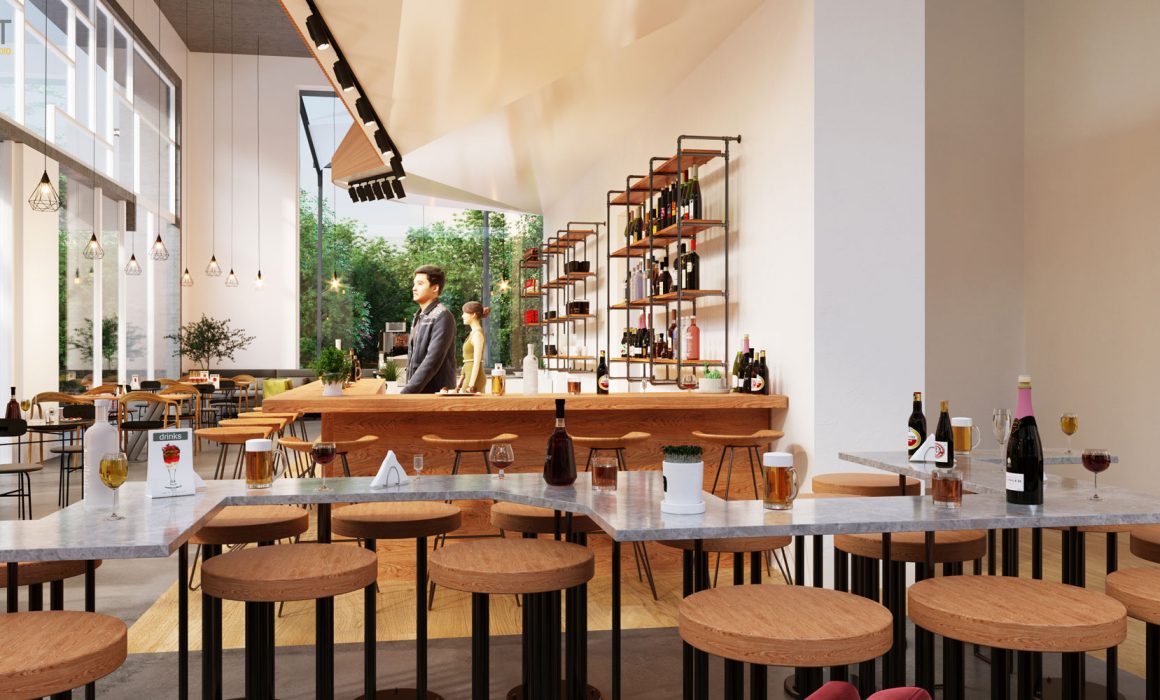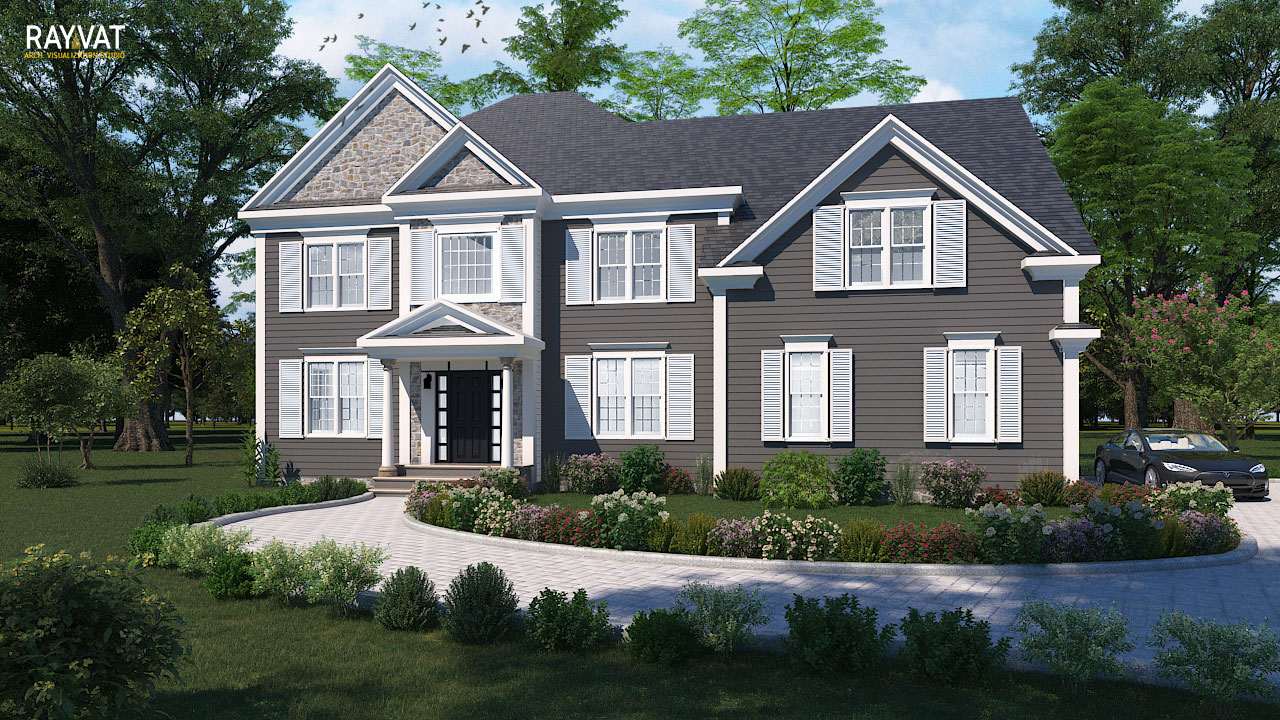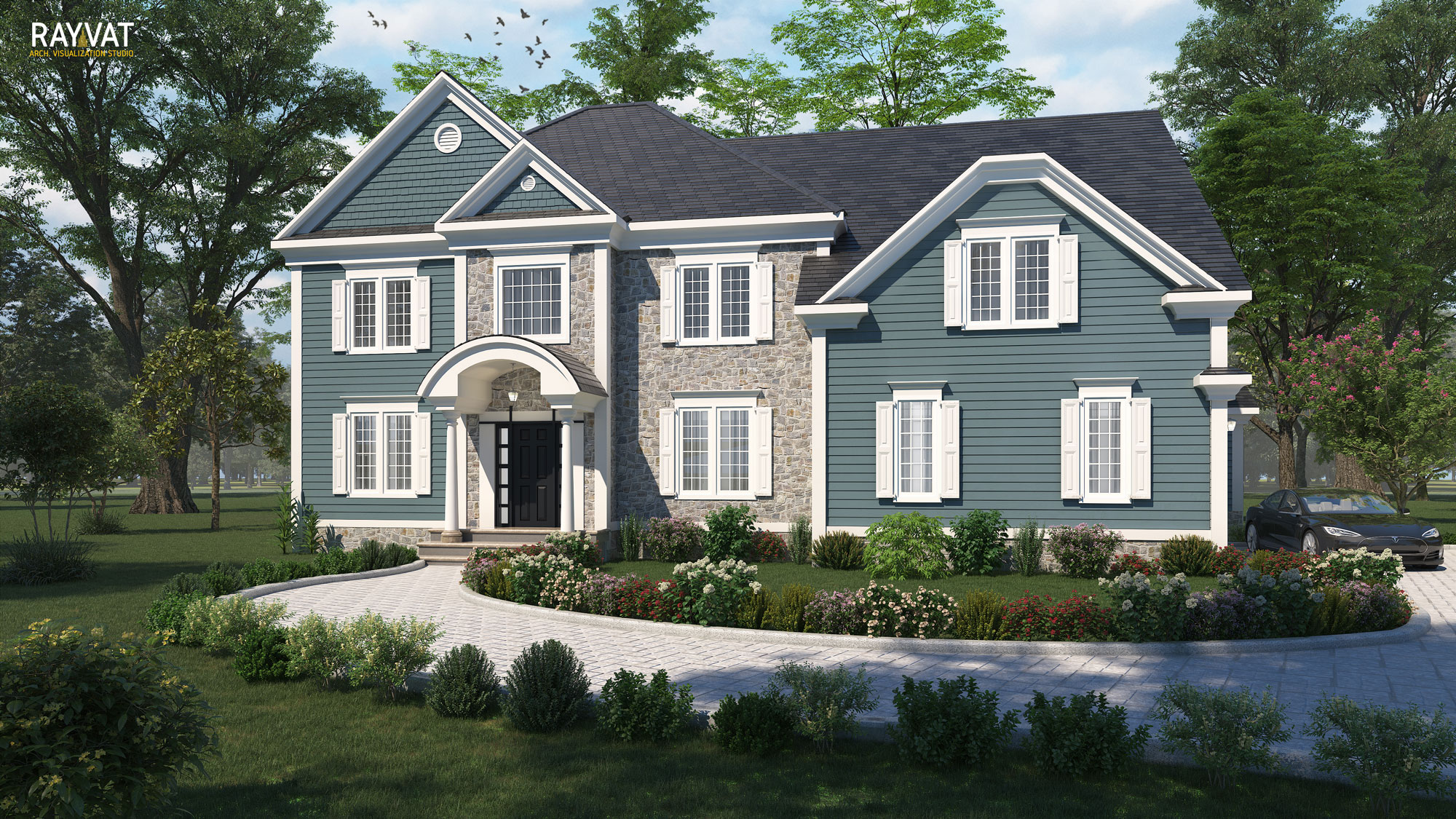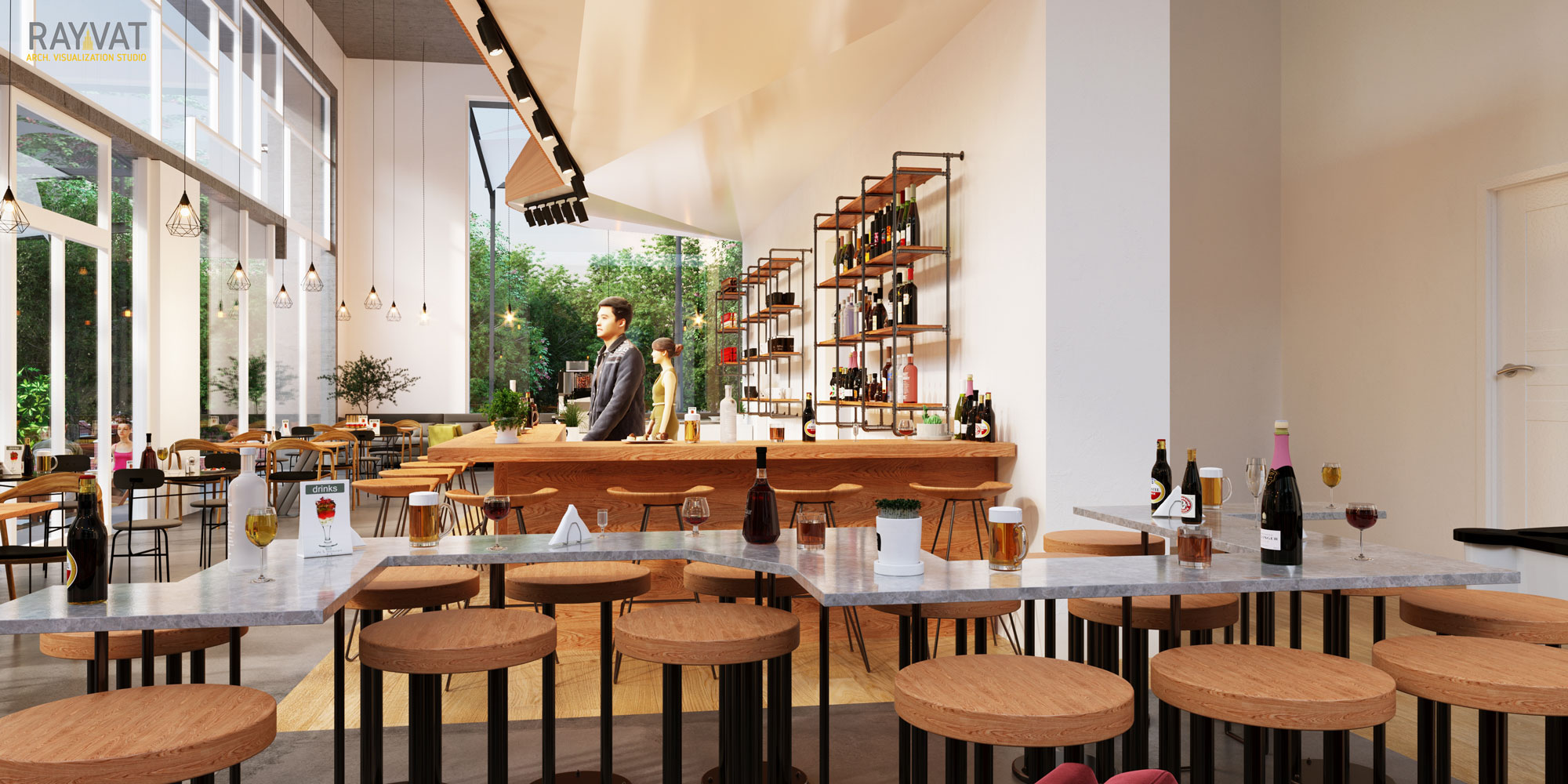
How to Reduce The Cost of Architectural Renderings: Part 2
We have seen in the previous article that various factors influence the cost of real estate renderings. As the project progresses to the construction stage, the price is further affected by some factors that come into play later. Here we shine the light on what these factors are, and how, as an architect, you could reduce the cost of the 3D Rendering Services.
Revisions To Architecture & Angles


A major factor that affects the cost of your rendering is the number of revisions that the artist has to do. In quite the same way as revisions to an actual building will cost more as the construction progresses, any revisions to your 3D rendering will also be more difficult as the work on the rendering is underway. In many ways, creating a rendering is similar to building a property, as in both cases the foundation is constructed first, and layer upon layer is added as the work progresses. Once the work is in an advanced stage, modifications to any of the layers would involve considerable time and effort. In many cases, the project has to be broken apart and recreated from the foundation stage. If the architect has already finalized all the details and the number of design iterations is minimized, then the cost involved in the Architectural 3D Rendering Services will also be lower.
Similarly, if you are requesting only small adjustments in the camera angle at an initial stage, the revision takes very little time but at later stages, there will be significant rework required if the zoom, elevation, or angles are changed. While it sounds like a 90-degree rotation may not be very difficult, in reality, there is considerable work involved as the side that is on display may not have been prepared for rendering at all and will need to be done from scratch. If saving money is high on your priority list, you should avoid making any such change requests unless they are done right at the beginning of the work.
Finishing Materials And Detailing
.jpg)
Similarly, you should be very clear about the design details, finishes, and specifications at the very outset to avoid rework and extra time. Poor quality materials or incomplete details will result in additional work and unnecessary problems as the work progresses. Right from the beginning of the rendering, the materials and documents you provide will be used as guidelines for design. For instance, if the façade is changed from exposed brick to stucco plaster or wood, this would lead to extra costs and extra effort. A change in the sizes and finishes of windows will lead to considerable rework and wasted effort. Even the addition or removal of a cornice detail will have a lot of impact on the rendering work. Similarly, if the landscaping details are altered, there will definitely be a change in the pricing and turnaround time.
Do keep in mind that the following documents and details should be provided at the very outset for high-quality Architectural Rendering Services:
- AutoCAD Drawings – Site plan, Floor Plans, Elevations, Sections
- Detailed site plan and layout showing contours
- Property address, Site photos
- Landscaping layout and detailing including plant names and reference pictures
- Finishing material specs, textures, and colors (make sure that you provide samples and photos)
- Furniture, Fixtures, Equipment – complete details and specs
- Sample of the rendering style and quality required
Make sure that you discuss the camera angles, the elevation of the camera and zoom required as well before the work commences.
Custom Created Furniture Designs

If you require custom-created furniture for a 3D rendering project, the pricing will be on the higher side. Adding generic furniture will be quicker and easier for your artist and will result in lower costs; however, you may or may not get the final aesthetics that you have in mind. Typically a studio will have a large library of optimized 3D elements like furniture, cars, human figures and so on which can be chosen to add visual interest and scale in your 3D image. Reusing these resources will lower your costs, while custom creating individual pieces, or purchasing them from online libraries, will result in a higher cost outlay. Studios will charge extra based on the level of customization required, and the more complex the detailing, the higher will be the costs. If you wish to save on costs, then you should avoid customization.
As you can see, all these factors will impact the production costs of your Architectural 3D Visualization. The 3D rendering studio should always give a clear indication to the architects about all these cost factors, and should also let them know that the time schedules can also change based on the exact requirements and number of change requests. In fact, a studio should always outline their working processes so that there is no ambiguity, and should also request the architects to be involved in the production at an earlier stage so that edits, if any, can be minimized. It’s a good idea to have a contract laid out that clearly mentions the cost and time for extras, the number of iterations and revisions that can be done at no additional cost, the scope of the project and so on. It is always best to be as transparent as possible so that the 3D rendering services studio and the architects or designers are completely on the same page, in order to get the best outcomes at the best possible prices.
